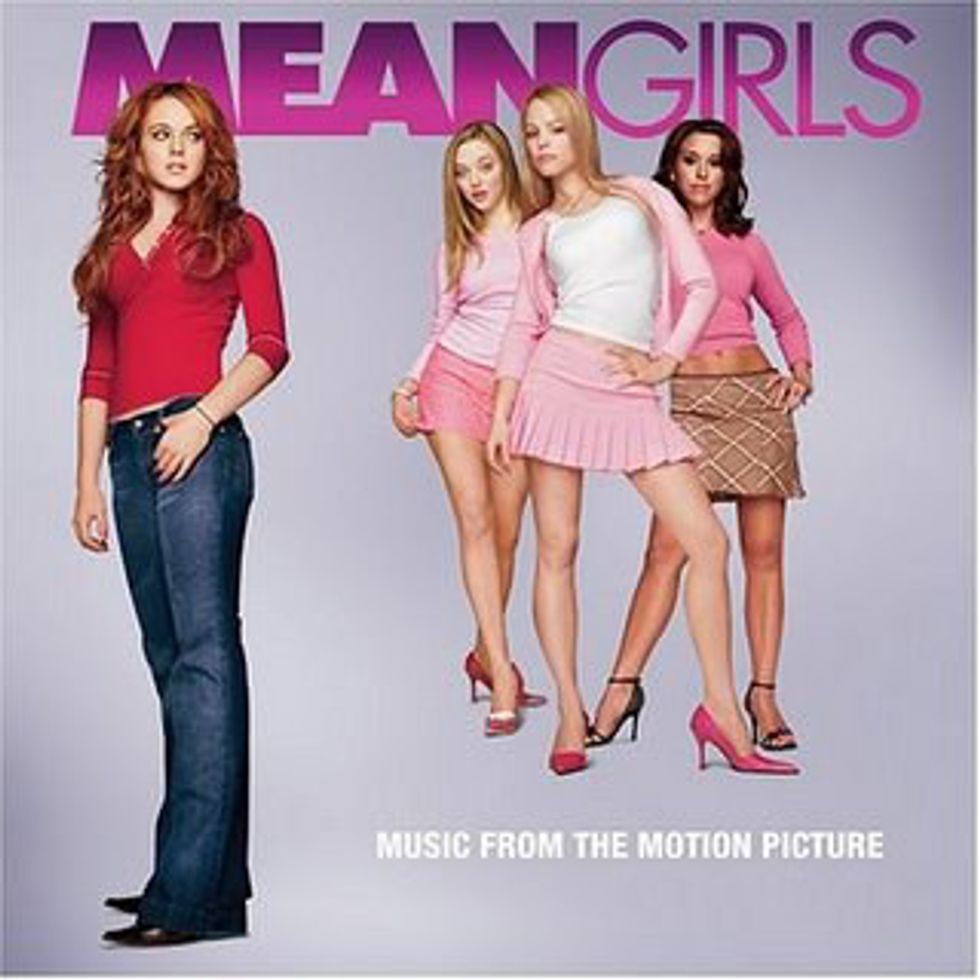Few songs have the inarguable calming and joyful energy claimed in "Can I Kick It?" by A Tribe Called Quest. Creating a home for kickbacks and house parties everywhere, the science behind the song can easily be explored.
Possibly most important is the call and answer response that makes up the main chorus of the song. When rapper Q-Tip rhythmically asks "Can I Kick It?," the listener feels as though they are a part of something special when they get to answer along later with Phife Dawg's "Yes, you can!" Along with pulling the listener into a scenario they admire, the call and answer response satisfies the mind by creating a question, which by design requires an answer. With a quick reply to fill the space (after a beat for emphasis), the brain releases endorphins, similar to how it does upon hearing "satisfying" ASMR sound clips. Finally, a call and answer response implies the roles of different people speaking, generating the idea of characters. Singing along to these lines instigates the listener to feel like they are acting as a role in a skit, stimulating their childlike sense of play.
Secondly, the song was recorded when the band members were 19. Being young, hopeful, and a feeling of being experienced are conveyed in the rappers' voices. Singing to an audience of primarily younger people, the high schoolers who listen to the song feel drawn to it because they can sense the slightly older voice and are put at ease by a laid back cool kid, and it makes them excited for the future and therefore dance to the song. Teenagers of about the same age listen to it and are submerged in a wonderful version of the world they already know. People older than 19-20 hear the coming-of-age voices and rejoice because it makes them feel that young again when the world seems all your own, you feel you know everything, and anything is possible.
Although the recognizable sliding twang heard at the beginning of the song and throughout is a sample from Lou Reed's "Walk on the Wild Side," it might subconsciously be why the song resonates so strongly with people. Lou Reed's song was released in 1972 and was listed as one of Rolling Stone magazine's top 500 songs of all time, making it a song most people either grew up listening to or have heard from their parents. Upon their first listen, and catching that descending twang, their minds are jolted by a distant yet familiar memory from childhood. This familiar sound comforts them, being reminded of safe and simple times as a kid.
Finally, conveying comfort is inviting and personal lyrics. Most of the verses in the song speak about making someone comfortable. In the lines, "Wipe your feet really good on the rhythm rug / If you feel the urge to freak do the jitterbug / Come and spread your arms if you really need a hug," all statements are geared toward ensuring a friend feels as secure as possible. Wiping one's feet on a rug generally indicates entering as a guest into someone's home, generating the image that the listener is stepping into Tribe's house. Following walking into the home, they are then told that whatever they need to feel safe, they may do. These welcoming lyrics create soft and happy energy in the listener because they feel wanted.
Through the versatile call and response chorus, youthful voices of the rappers, recognizable sample, and soothing lyrics, A Tribe Called Quest creates a safe haven for music lovers of all ages.



 Photo by
Photo by  Photo by
Photo by  Photo by
Photo by 


















